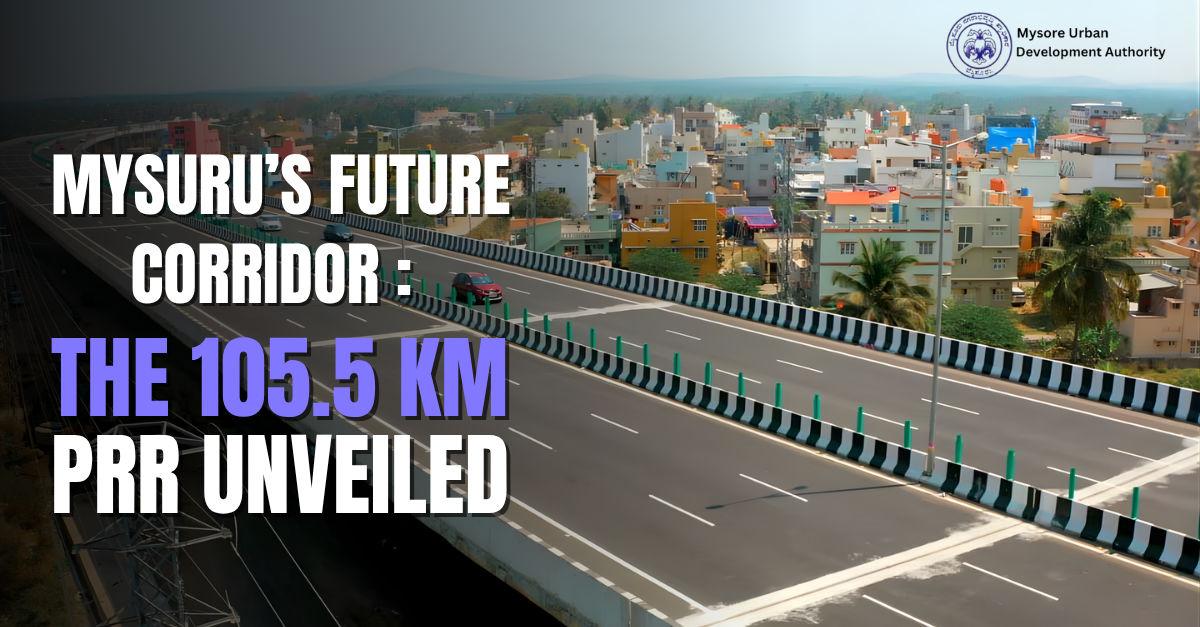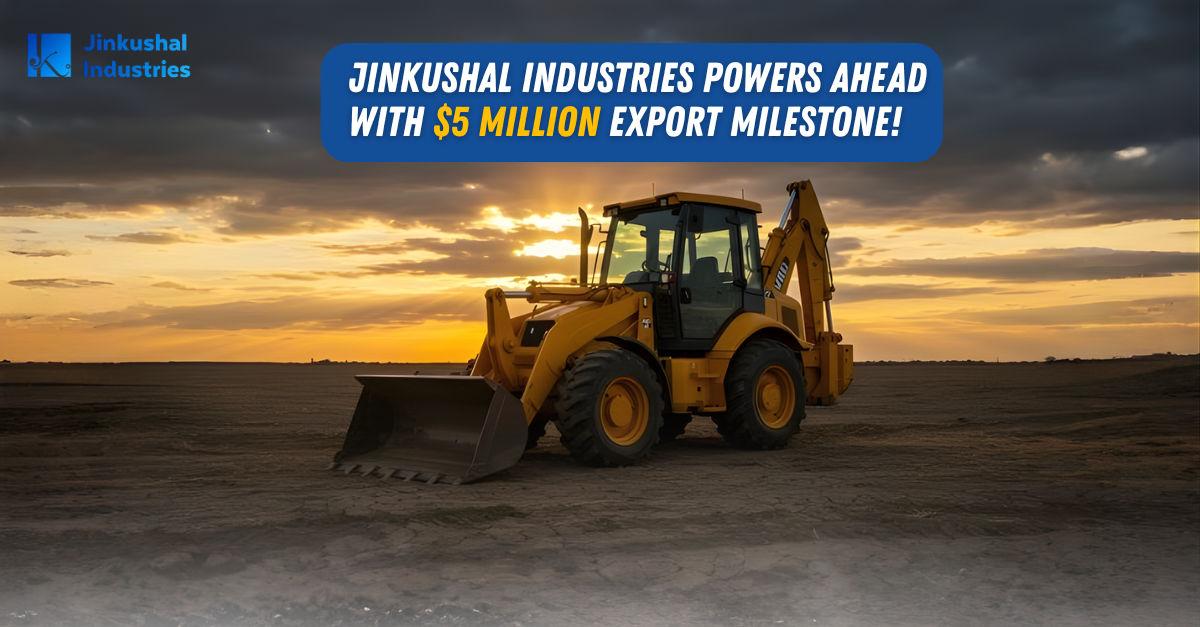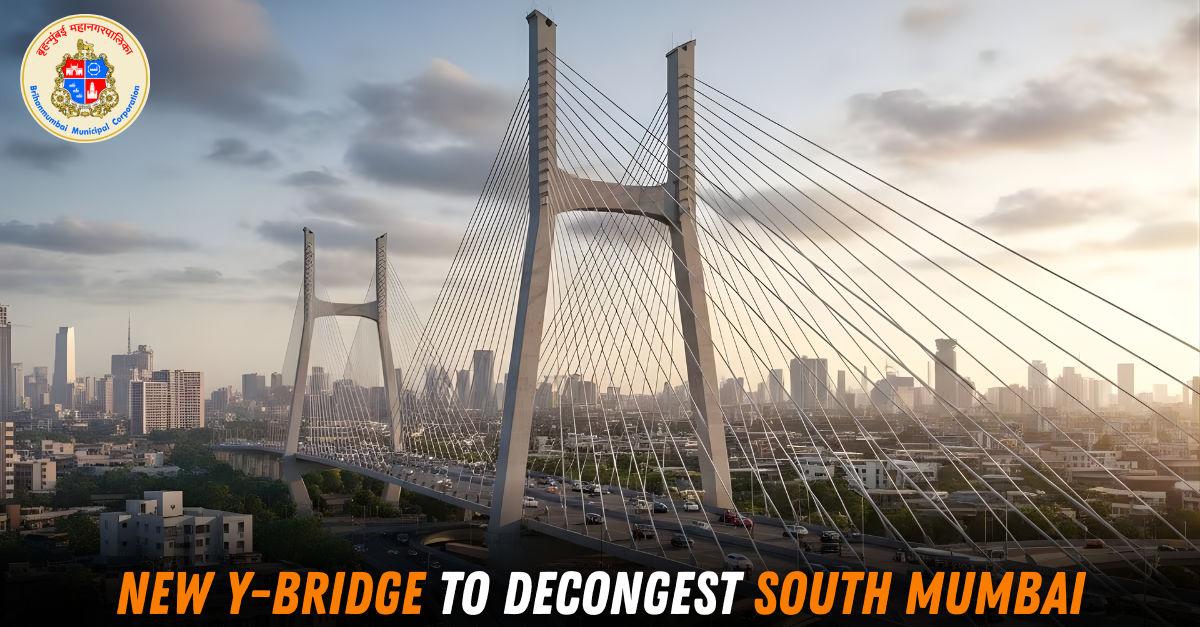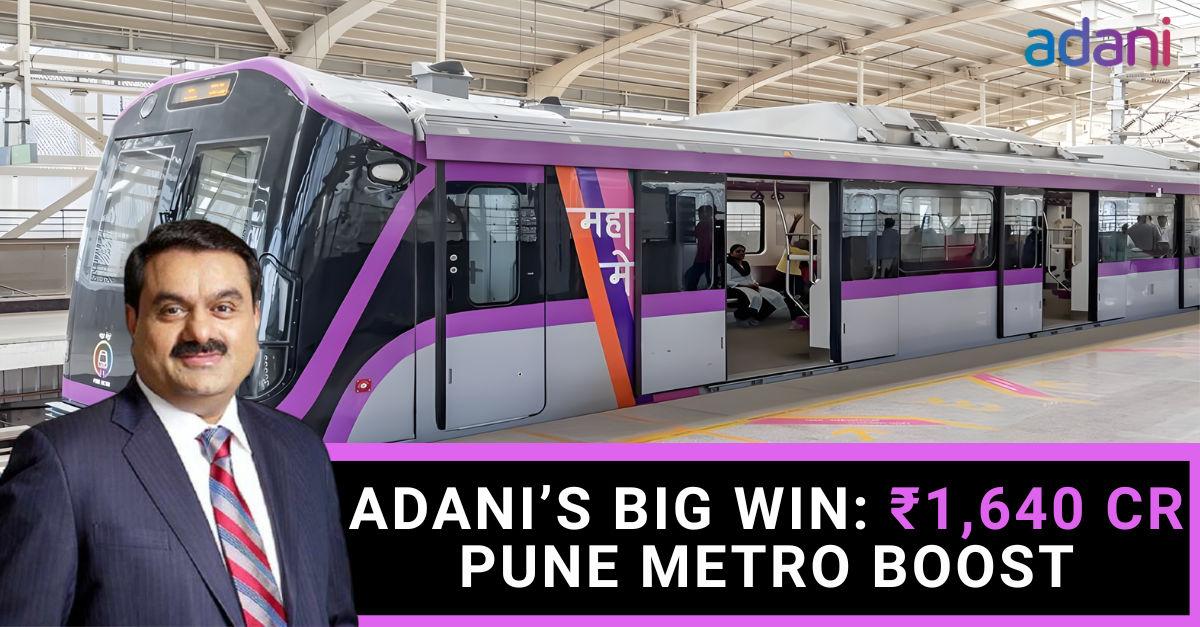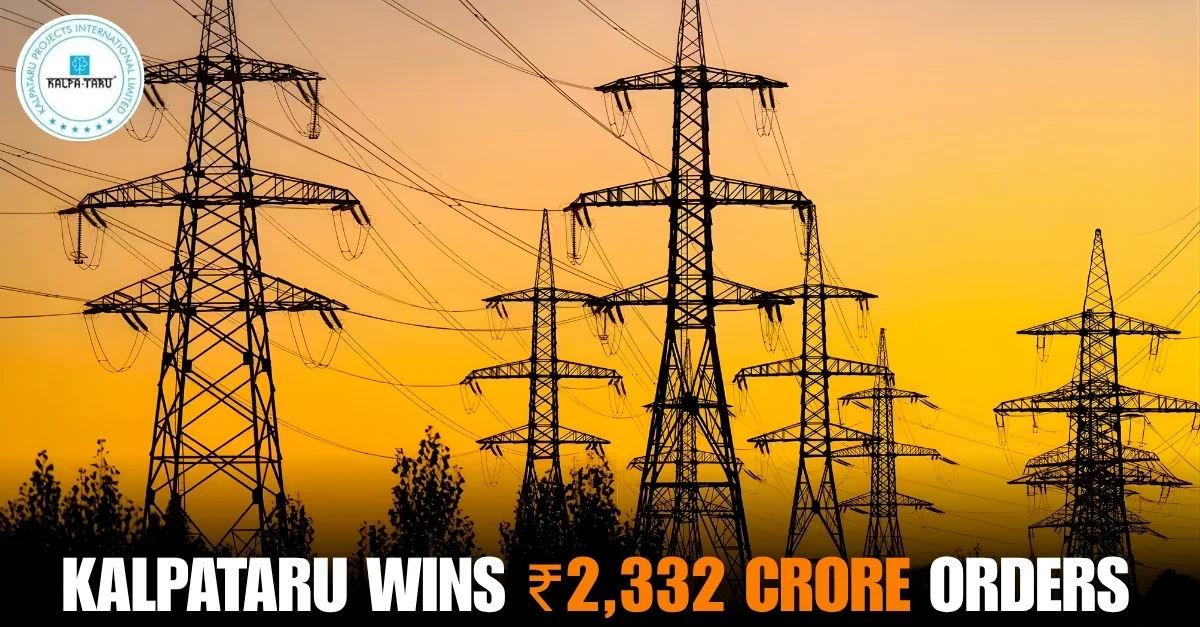The Union government is considering a new incentive programme worth about ₹14,000–16,000 crore to boost local production of heavy construction machines such as tunnel-boring machines (TBMs), large cranes and earthmovers. Officials told The Economic Times that inter-ministerial consultations are in progress and the scheme could take effect as early as the next financial year, subject to final approval. The move is intended to reduce import dependence and make project execution more resilient to global supply shocks.
India’s construction and mining equipment ecosystem currently relies on overseas suppliers for a large share of parts. The industry imports nearly half of its components by value—often hydraulics, undercarriages and high-tech electronics such as control units, sensors and telematics—from countries including China, Japan and South Korea. An ICRA analysis also notes gaps in raw materials like specialty steels and points out that some high-tonnage, fully built machines are still brought in from abroad.
That reliance has real-world consequences on timelines. When international demand spikes or supply chains get disrupted, deliveries stretch out and site schedules suffer. Industry executives say contractors try to manage by rotating existing fleets between projects, deepening vendor partnerships and writing escalation and risk-sharing clauses into contracts to cushion price and supply swings.
The proposed plan is expected to prioritise TBMs for metro and rapid rail tunnels, large cranes for ports, and other heavy kit used across highways and industrial projects. The context is India’s multi-year infrastructure build-out: the government has announced a target of raising national port capacity to about 10,000 million tonnes per annum by 2047; it is also working on a long-term expressway blueprint that envisages roughly 50,000 km of access-controlled corridors, and the urban development ministry has earlier articulated a vision for around 5,000 km of metro lines by 2047. Those ambitions imply sustained demand for specialised machines that are today mostly imported.
Market data underscores the case for a sturdier domestic base. Including exports, the Indian construction equipment industry grew about 3% in FY25, even as domestic sales slipped 1% year-on-year in the first quarter of the current fiscal—signals of a sector navigating uneven demand and supply constraints. OEM leaders argue that targeted incentives could help de-risk the supply side, improve availability and reduce lead times for time-critical projects.
Rating agency ICRA estimates that localisation levels in the mining and construction equipment industry could climb from roughly 50% today to more than 70% over the next five to seven years if policy support and scale materialise. In its assessment, improved local manufacturing could open up a domestic revenue pool of about ₹2.1 lakh crore by FY2030, with an incremental ₹25,000-crore annual opportunity for component suppliers; it also lists which parts are easier to localise sooner (for example, undercarriage assemblies) and which need longer gestation (many electronics). The Economic Times report, citing ICRA’s outlook, further notes potential annual foreign-exchange savings if imports fall meaningfully.
What remains to be seen are the scheme’s contours—how local value-addition will be measured, whether testing and certification facilities are supported, and how deeply the policy nudges suppliers to invest in precision hydraulics and electronics where scale and R&D needs are higher. For now, the government is in the consultation stage; the programme’s start next fiscal is a possibility, not a certainty, and details will only be clear once an official notification is issued. Until then, contractors, equipment makers and tier-1/2 vendors will be watching closely because more domestic capacity, if executed well, could translate into steadier project planning and fewer delays across metros, ports, rail and highways.



